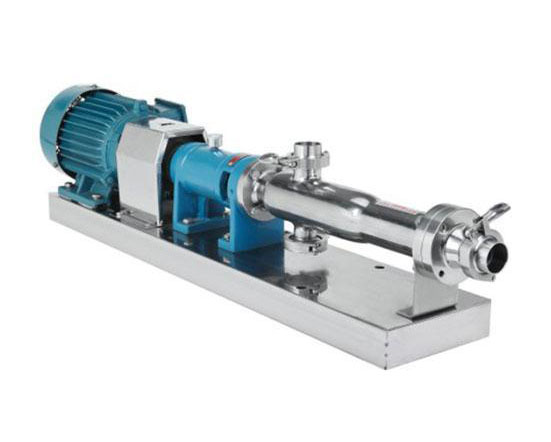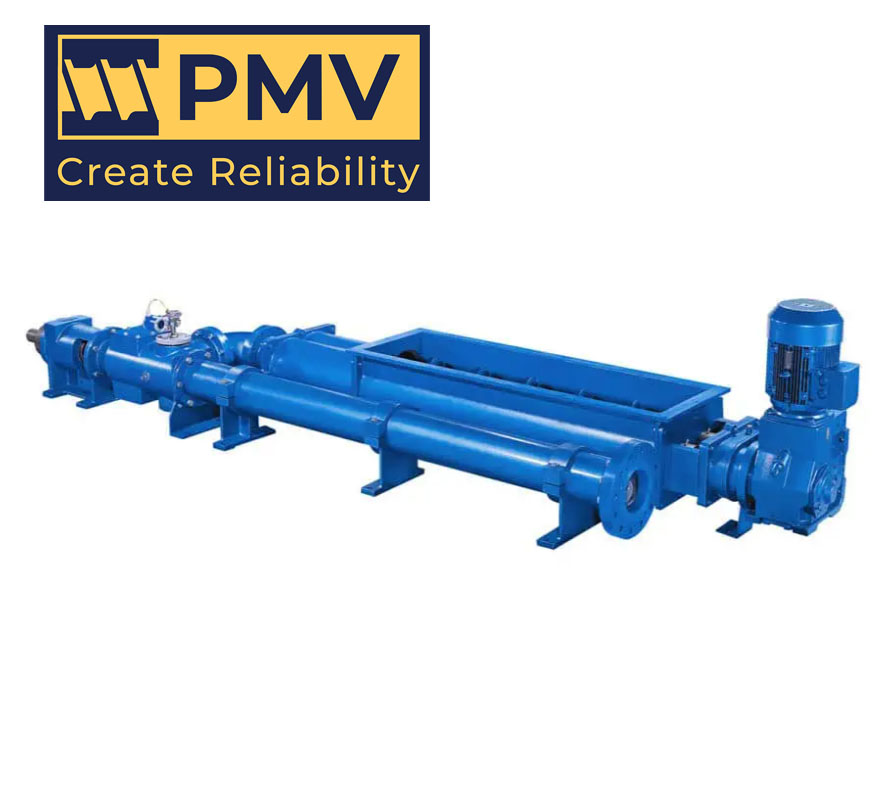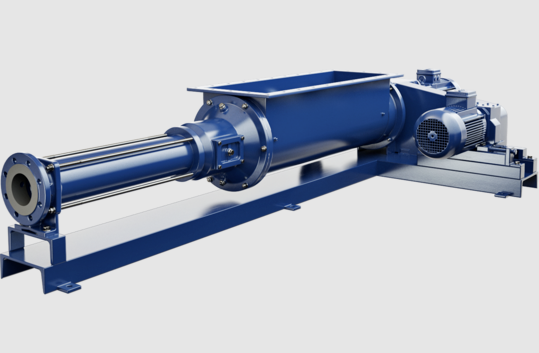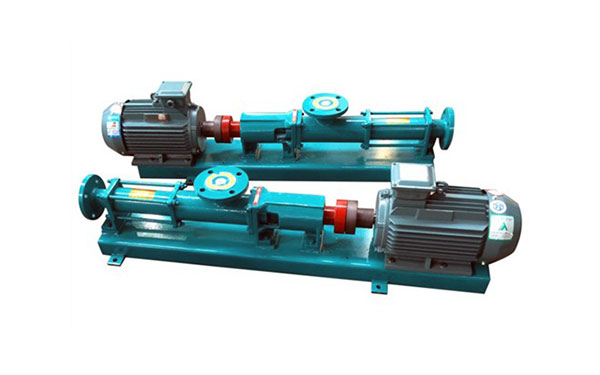rotary screw pump
Introduction
A rotary screw pump is a type of positive displacement pump that uses two interlocking screws to move fluids efficiently. This design allows for a continuous flow of liquid, making it suitable for various applications across multiple industries, including oil and gas, chemical processing, and water treatment.
How It Works
-
- Mechanism: The rotary screw pump consists of two helical screws that rotate in opposite directions within a casing. As they turn, they create a series of sealed cavities that transport the fluid from the inlet to the outlet.
-
- Positive Displacement: This pump type is classified as a positive displacement pump because it moves a fixed volume of fluid with each rotation, ensuring consistent flow rates.

Key Features
-
- High Efficiency: Rotary screw pumps are known for their high efficiency and ability to handle a wide range of viscosities, from thin liquids to thick sludges.
-
- Low Pulsation: The design minimizes pulsation in the flow, providing a smooth and steady output, which is essential for many applications.
-
- Compact Design: These pumps typically have a smaller footprint compared to other pump types, making them suitable for space-constrained environments.
-
- Durability: Constructed from robust materials, rotary screw pumps are built to withstand harsh operating conditions and provide long service life.
Advantages
-
- Versatility: Capable of handling various fluids, including corrosive and abrasive materials.
-
- Ease of Maintenance: Many designs allow for easy access to internal components, simplifying maintenance and repair.
-
- Self-Priming: Rotary screw pumps can self-prime, making them suitable for applications where the pump may need to draw fluid from a lower level.
-
- Temperature Handling: They can operate efficiently across a wide temperature range, making them suitable for various industrial applications.

Applications
Rotary screw pumps are utilized in a variety of industries and applications, including:
-
- Oil and Gas: Moving crude oil, lubricants, and other petroleum products.
-
- Chemical Processing: Transferring chemicals, solvents, and other fluids in industrial processes.
-
- Water Treatment: Handling sludge and wastewater in treatment facilities.
-
- Food and Beverage: Pumping oils, syrups, and other viscous liquids in food processing.









